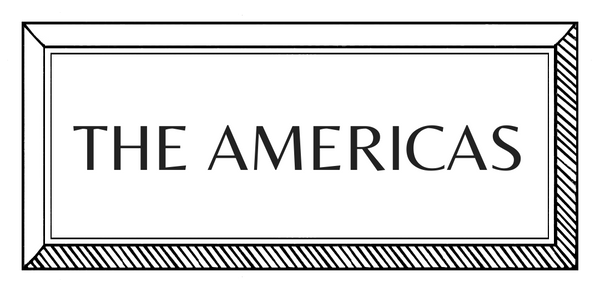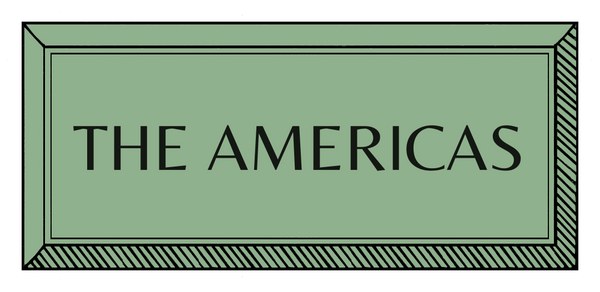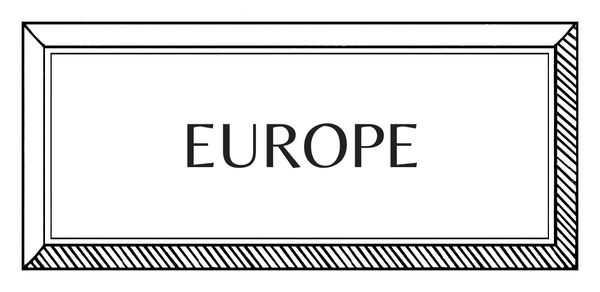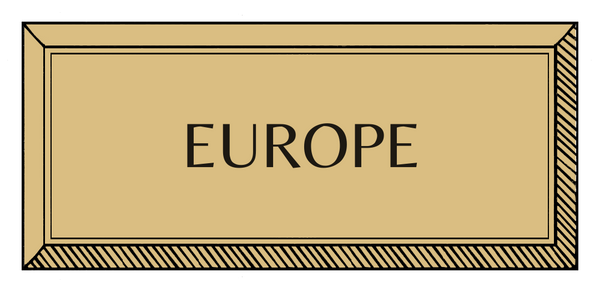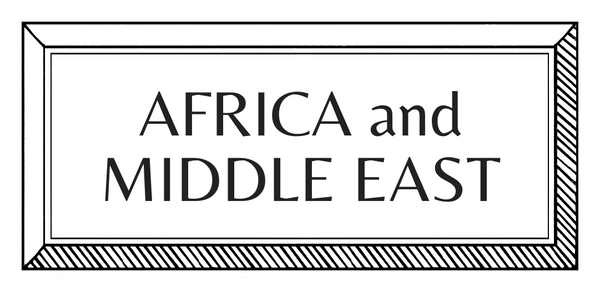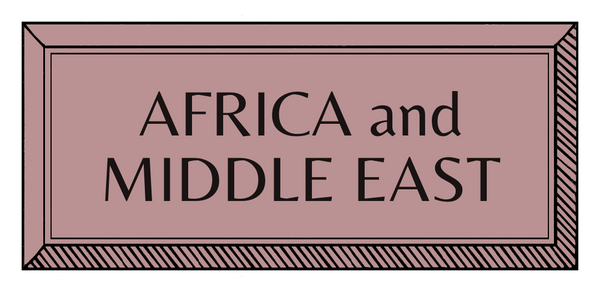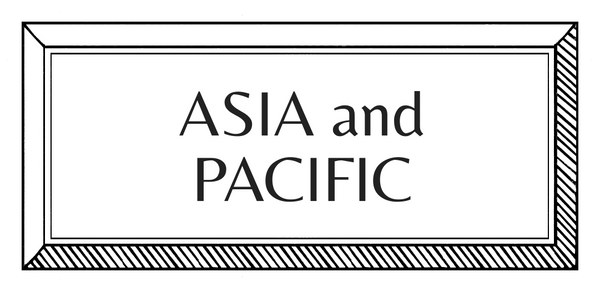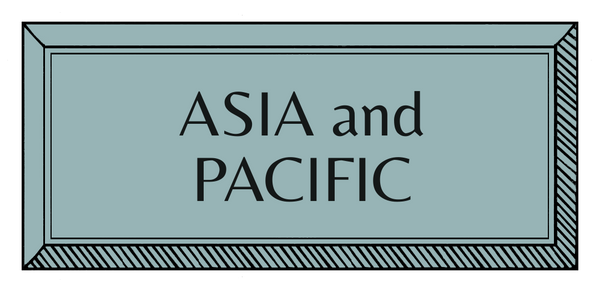CRAFT STORIES | THE AMERICAS | USA | BASKETRY
Basket Making with Deborah Needleman

From her Upstate New York studio, Deborah Needleman works on a full cycle process from planting and harvesting to grading and soaking, to making.
Each day in the studio starts with a line. A stick of willow, a stem of rush, or maybe the leaf of an iris. Culled from nature, these lines are joined to other lines, either by weaving, plaiting, or twisting, to make baskets, trays, or mats. Looking at a basket, one cannot really discern how it begins or ends, for in its making, it is resolved. That these separate elements join together seamlessly is a source of delight and wonder. This harmonious coming together feels satisfying, reassuring, wondrous, and hopeful. Basket magic requires no alchemy. Its materials are not transformed, as with other ancient crafts that require blending, fermenting, or firing. In a finished basket, the elements remain as they were—just a bunch of sticks. Each stick remains intact while serving companionably in a community. The weaver Anni Albers understood the power of a line. She wrote “with a line you can go anywhere from anywhere.” A point is complete in itself, self-satisfied and desirous of nothing, while a line is boundless.

The material is alive and there is something that I leave behind in every basket and I like that, and I like that it just passes from the land through my hands and out, into the world.
Weaving is basically one movement, it’s like over and under and, within that, the are so many ways that things can be done. The difference between art and craft is, with art you are creating something completely new that comes from the artist as an individual. When you are doing craft, there is a sort of dialogue between your creativity and the material, and the tradition and the history of the craft. A lot is about learning how to work with the material. There is a conversation with the material itself that I’m having. I’m trying to understand how to manipulate, how to move in the most graceful way, how to draw lines three-dimensionally. It always behaves a little bit differently so there is a sort of communication with the material. There is a think in Japanese craft called tacit knowledge and it refers to that knowledge that you can’t be learned in a book, it’s all about the way you refine your movements to make them the most efficient, it’s about how you work with material. So it’s a a combination between my hands, my body and my mind.

I came to basketry through gardening. Gardening can be seen as an attempt to create beauty from the elements of nature, and basketry is just another path to the same end. In building myself a place to work, I wanted the materials—foraged from woodland, wetland and garden, with their earthy fragrances, subtle colors and natural lines—to be the highlight. I was inspired by two buildings on Bunny Mellon’s farm, Oak Spring, in Upperville, Virginia. Mellon, who also found refuge in the natural world, was a great gardener, a lover of baskets, and an amateur architect of astounding talent. She used her vast fortune to create spaces of unparalleled calm and light, perfectly–but not grandly—proportioned interiors, and a style of decoration almost shocking in its simplicity.
On a far humbler scale and with constricted purse strings, my friend Emilie Irving helped me make a basketry workroom and potting shed from an old cow barn next to my house in the Hudson Valley of New York. First, we plastered the walls white to form a quiet backdrop that would amplify the natural light and show texture and depth across its surface. For the floor, Emilie mixed a warm gray concrete which can handle water and is easily swept. Then with Bunny in mind, we found some old glass doors that now open onto a meadow and make the interior of the studio feel like it is part of the landscape. Some salvaged wood ceiling beams were installed so that baskets could be hung. And while making is the main purpose of the space, contemplating nature and studying baskets, as well as reading about them, also goes on here and is accommodated by a cozy wicker chaise and armchair. Connected to this workroom are a potting area and a metal trough for soaking willow to make it pliable. Everything is without color, a background for the woody hues of the baskets, the silvers and greens of potted plants, and the subtle variations in tone of the materials themselves.
The sweet, musky aroma and the shifting quality of the daylight greet me each morning when I enter. The work is quiet, repetitive, and often frustrating. Creativity happens in the margins of repetition. I’m aware many people would find days like this hellish, boring and lonely. But to me, it feels like the ultimate freedom, spending my days among nature’s lines–the sticks, sedges and leaves that pass from the land, through me, and into an object.












